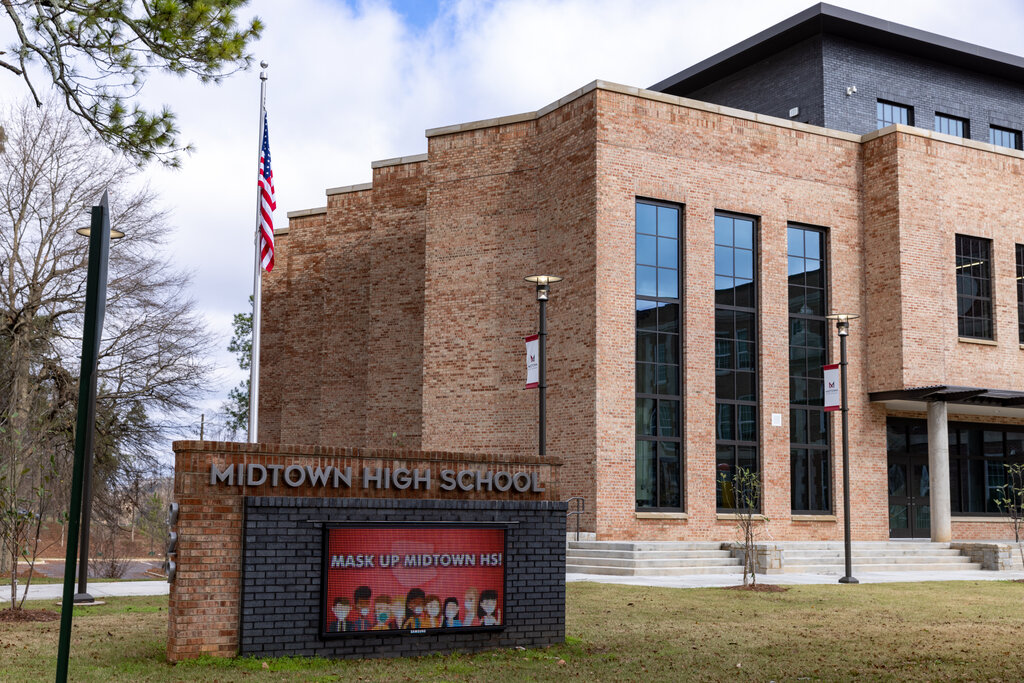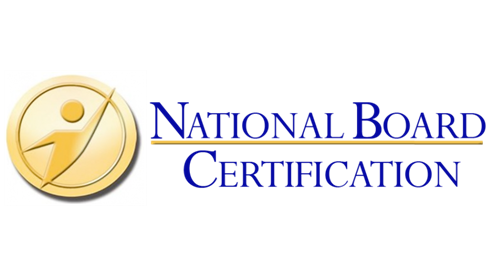
Stuyvesant High School offers a rigorous academic program that rewards intellectual curiosity. The school's strengths lie in science and math, but students can also benefit from a dynamic humanities curriculum. The school also provides unique educational opportunities to students. You can read on to learn about Stuyvesant's rigorous curriculum. Interested in applying? Here are some reasons you might want to apply.
Academic teams from Stuyvesant school
Stuyvesant High School lies in Manhattan's East Village. It was the Dutch governor in New Netherland until 1664 when it was taken over by England. Four teachers were killed by AIDS in the 1980s. This was a major problem for the school. Today, the school is comprised of several high schools. Stuyvesant's rich history is something that makes it proud.
Stuyvesant offers a variety of electives, from robotics to the physics of music to the mathematics of financial markets. Stuyvesant offers courses ranging between linear algebra to differential and linear equations. A former student had to take one-year of drafting. Students can now elect Technology Graphic Communications, which is the equivalent of the drafting course. Stuyvesant also offers introductory programming in computer science that introduces students early in their lives to the possibilities in this field.

Its indoor pool
For a country with such a low standard of living, the development of its sports and educational facilities is a major challenge. The National Sports Council, which is responsible for maintaining and developing the country's athletic facilities has not been able to provide sufficient funds to properly equip the school's teams. The facilities have seen a decline over time, leaving students with no access to the water.
Its academic teams
St. Vincent - St. Mary High Schools offers extracurricular sports and activities for students. These include math, literature, and pop culture. These activities will help students learn and excel academically, as well. High-level competition is also part of the school's athletic program. Teams compete in volleyball, cross-country, track and field, and tennis. Science Olympiad and Lego League Robotics are some of the other activities.
St. Vincent High school is located in Vallejo, California and offers college prep education. The school focuses on math, science, as well as the humanities. Many classes follow Common Core standards. The school also offers AP Spanish, French and World Language and Culture classes. Additional extracurricular activities include dance, drama and robotics.
It has a rigorous curriculum
Seeing the Big Picture a book about the importance and rigors of a curriculum. Each of the four sections provide background information as well as a description of the curriculum. This first section describes the purpose of a rigorous curriculum, and how it is measured. The second part of this book provides more information and includes examples from different educational institutions. This chapter is particularly important as it discusses the benefits of a rigorous curriculum and why it's so important.

A rigorous curriculum adapts to the changing world and enables students to learn the newest skills. This curriculum is student-centered and emphasizes precision. It creates a more engaging learning environment. Teachers can use the rigor of a curriculum to create a classroom atmosphere where students can engage and achieve. This type of learning environment is more difficult, but it is worthwhile. It aims at providing multiple opportunities for students.
FAQ
What's the difference between a university and a college?
A university is an institution that offers higher education. It offers various undergraduate and postgraduate degrees in different fields.
A college is usually smaller and less prestigious than a university. It might offer fewer courses, but it will often have its own specialist areas.
What are the alternatives to school?
An alternative school is a school that offers students with learning difficulties education with the help of qualified teachers who are sensitive to their individual needs.
Alternative schools are designed to give children with special education needs the chance to learn in a normal classroom setting.
A lot of help is also available for them when they need it.
Alternative schools aren't just for those who were excluded from mainstream school.
They are accessible to all children, regardless if they have disabilities or abilities.
What does it mean to be a teacher in early childhood education?
Early childhood educators must have specialized training. Before being permitted to teach in public schools, most states require that candidates for teaching positions have been certified by a state board.
Some states require teachers to pass tests on subjects like math and reading.
Some states require that teachers complete a specific amount of coursework in early childhood education.
Most states have minimum requirements that teachers must know. These requirements are not the same in every state.
What is a vocational high school?
Vocational school programs are designed to prepare individuals for specific jobs. They may also provide general education courses and training in skills needed by employers.
Because it helps young people to develop the skills that they need for success in life, vocational education is an integral part of society. It provides high-quality learning opportunities for all students.
The vocational school offers a wide range of options to its students. These include certificates, diplomas and degrees, as well as apprenticeships and certificates. Vocational schools teach academic and practical subjects, such as math, science, English, social studies, art, music, physical education, computer technology, business, health care, and others.
What's the difference between private and public schools?
All students have the right to free education in public schools. They offer education for kindergarten through high school. Tuition fees for private schools are payable by each student. They provide education from preschool to college.
Charter schools are public-funded but privately managed. Charter schools don't use traditional curricula. Instead, charter schools give their students more freedom in learning what interests them.
Parents who believe that their children should be able to access quality education no matter what their financial situation are fond of charter schools.
What is the average time it takes to become a teacher in early childhood?
A bachelor's degree is required in early childhood education. It takes approximately four years. It will take you two years to complete the required general education courses at most universities.
After your undergraduate studies are completed, you will typically enroll in graduate school. This step allows for you to specialize in one area of study.
For example you could focus on child psychology, or learning disabilities. After completing your master's you will need to apply to a teacher training program.
The process could take several years. You will have the opportunity to work with professionals in order to acquire real-world knowledge.
Final, you must pass the state exam before you can start teaching.
This process takes several years, which means you won't be able to immediately jump right into the workforce.
How long should I spend preparing for college?
The amount of time you dedicate to your studies will affect how much time you spend preparing for college. You should begin college preparation courses if you intend to go to college right away after high school. However, if your plan is to delay attending college for several years, you may not need to start planning.
Discuss your plans with your teachers and parents. You may be able to suggest courses of study. Track the grades and courses you've taken. This way, you'll know exactly what you need to accomplish next year.
Statistics
- Globally, in 2008, around 89% of children aged six to twelve were enrolled in primary education, and this proportion was rising. (en.wikipedia.org)
- “Children of homeowners are 116% more likely to graduate from college than children of renters of the same age, race, and income. (habitatbroward.org)
- Data from the Department of Education reveal that, among 2008 college graduates, 92.8 percent of humanities majors have voted at least once since finishing school. (bostonreview.net)
- These institutions can vary according to different contexts.[83] (en.wikipedia.org)
- In most developed countries, a high proportion of the population (up to 50%) now enters higher education at some time in their lives. (en.wikipedia.org)
External Links
How To
what is vocational education?
Vocational Education is an educational system that prepares students for employment after high school or college by providing them training in specific skills needed for a particular job (such as welding). You can also get on-the job training through apprenticeship programs. Vocational education is different from general education in that it prepares individuals for specific career paths rather than acquiring broad knowledge for future uses. Vocational education does more than prepare for university. It helps people find jobs after graduation.
Vocational education is available at all levels of education, including primary, secondary, high school, college, universities, technical institutes as well as trade schools, community colleges and junior colleges. There are many schools that specialize in specific subjects, such as nursing schools (law schools), medical schools, dental school, veterinary medicine and firefighting schools. Many of these provide both academic instruction and practical experience.
Over recent decades, there have been significant investments made in vocational education by many countries, including Australia, Denmark (Finland), Germany, Ireland and Japan. The effectiveness of vocational education is still controversial. Some critics believe it doesn't help students get hired, while others claim that it helps prepare them for life after high school.
The U.S. Bureau of Labor Statistics estimates that 47% of American adults possess a postsecondary certificate, or degree related to current occupation. This percentage is higher among those with higher education. 71% percent of the 25-29 year olds with a bachelor's degree are currently working in fields that require postsecondary credentials.
The BLS reported in 2012 that almost half of all adults had some type of postsecondary credential. A third of Americans have a two-year associate's degree and 10% hold a four year bachelor's degree. One in five Americans has a master's or doctorate.
The median annual wage for individuals with a bachelor's in 2013 was $50,000. This was compared to $23,800 when they had no degree. For those with advanced degrees, the median wage was $81,300.
For those who did no high school, the median salary was only $15,000. For those who did not complete high school, the median annual salary was only $15,200.